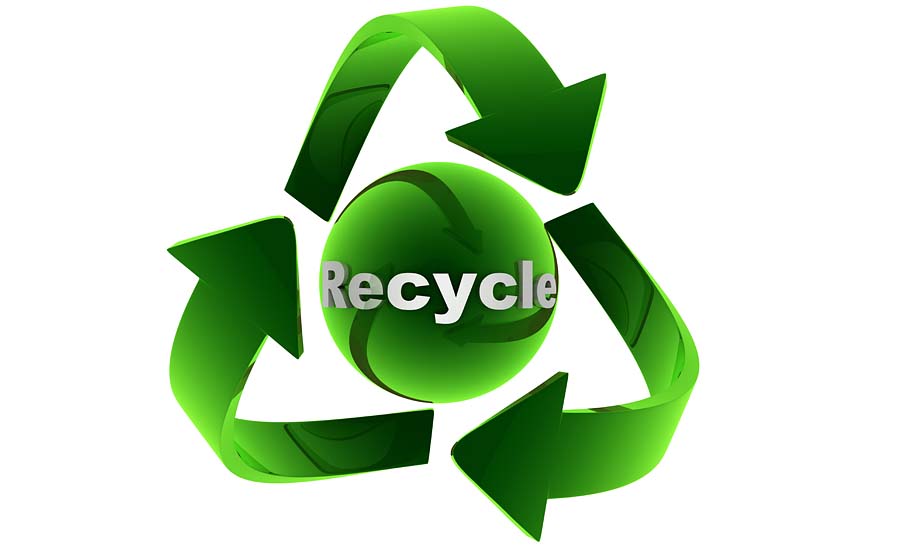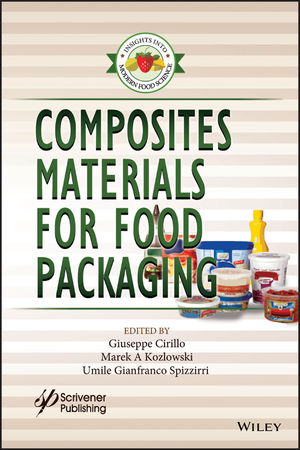The Foodservice Packaging Institute (FPI), Falls Church, Fla., completed a review of literature related to the impact of compostable foodservice packaging at different points in the composting value chain. The study found a growing body of evidence demonstrating that the use of compostable foodservice packaging can increase food scrap diversion and reduce contamination when used in conjunction with known best practices for food scraps collection.
The study, commissioned by FPI’s Paper Recovery Alliance and Plastics Recovery Group, examined how compostable foodservice packaging impacts:
- Composting program participation rates.
- Food scraps diversion rates.
- Contamination of composting feedstocks and finished compost.
- Composting process compared with traditional carbon sources.
“As the use of compostable packaging grows, so too should the opportunities to successfully recover those items,” says Lynn Dyer, president. “When considering whether to accept foodservice packaging, composters may have questions about the impact on their programs, and this study helped to identify resources to answer those questions.”
Key insights from the study include:
This is an emerging field of study. The impact of compostable foodservice packaging on composting program participation, customer behavior and diversion rates is a relatively new area of study, and as such, the availability of relevant sources varies widely by topic area.
A growing body of evidence shows the use of compostable foodservice packaging can lead to an increase of food scrap diversion and a reduction in contamination. Available data suggests that compostable foodservice packaging use, in conjunction with programs such as outreach, education, new infrastructure and desired behavior models, can increase food scrap diversion rates and reduce observed contamination rates.
Coordinated consumer education is key. In order to realize the full benefits of compostable packaging in increasing food scraps diversion and minimizing contamination, coordinated efforts around customer education are essential between manufacturers, operators, consumers, municipalities, haulers and composters.
Data gaps still exist. A crucial identified gap in available research is the extent to which compostable foodservice packaging compares to natural carbon sources typically used during composting. No data was found comparing their ability to balance compost carbon to nitrogen ratios, moisture content, porosity, composting rate, ammonia volatilization and final compost properties.
“This review will help inform our strategies, investments and activities to increase the recovery of compostable cups, take-out containers and utensils used by an increasing number of foodservice outlets,” says Dyer. “Information-sharing and education among manufacturers, foodservice operators, consumers, municipalities, haulers and composters are critical to our collective success.”








